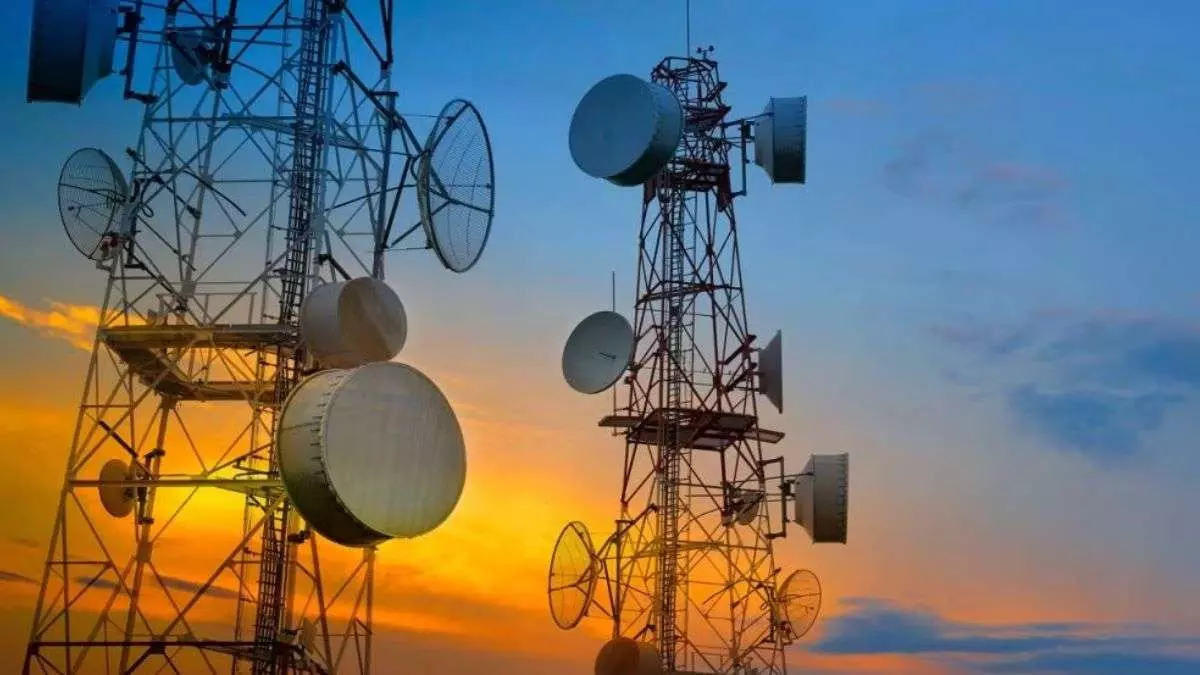The Department of Telecom (DoT) has issued an official order to telecom operators regarding USSD-based call forwarding, effective from April 15. This measure aims to combat fraud and online crimes perpetrated through mobile phones.
USSD-Based Call Forwarding
USSD (Unstructured Supplementary Service Data) is a service accessed by dialing specific codes on mobile phone screens. It’s commonly used for tasks like checking IMEI numbers and mobile balances. However, the DoT has noted misuse of USSD-based call forwarding, particularly the *401# service for unconditional call forwarding.
Directive Details
- Date of Directive: March 28
- Directive Contents: The directive mandates the discontinuation of USSD-based call forwarding services by all licensees from April 15, 2024, until further notice.
- Subscriber Action: Existing subscribers using USSD-based call forwarding are required to reactivate call forwarding services through alternative methods to prevent unauthorized activation.
Multiple Choice Questions (MCQs):
- What is USSD?
- A) Unstructured Supplementary Service Database
- B) Unified Security System for Devices
- C) Unstructured Supplementary Service Data
- D) Universal Subscriber Service Directory
- Answer: C) Unstructured Supplementary Service Data
- What is the primary purpose of USSD-based call forwarding?
- A) Checking IMEI numbers
- B) Accessing mobile balances
- C) Enabling call forwarding services
- D) Sending text messages
- Answer: C) Enabling call forwarding services
- When does the Department of Telecom directive regarding USSD-based call forwarding come into effect?
- A) April 1, 2024
- B) April 15, 2024
- C) March 28, 2024
- D) May 1, 2024
- Answer: B) April 15, 2024
- What action is required of existing subscribers using USSD-based call forwarding?
- A) Deactivation of call forwarding services
- B) No action required
- C) Reactivation of call forwarding services through alternative methods
- D) Contacting the Department of Telecom for further instructions
- Answer: C) Reactivation of call forwarding services through alternative methods
